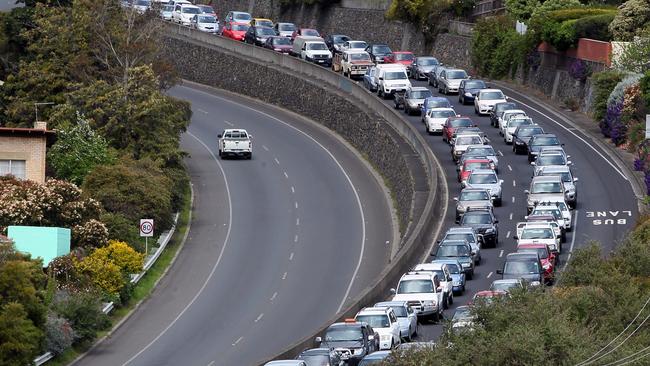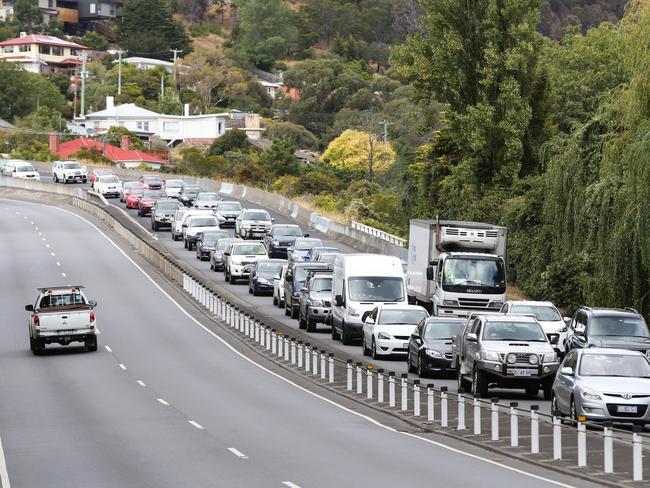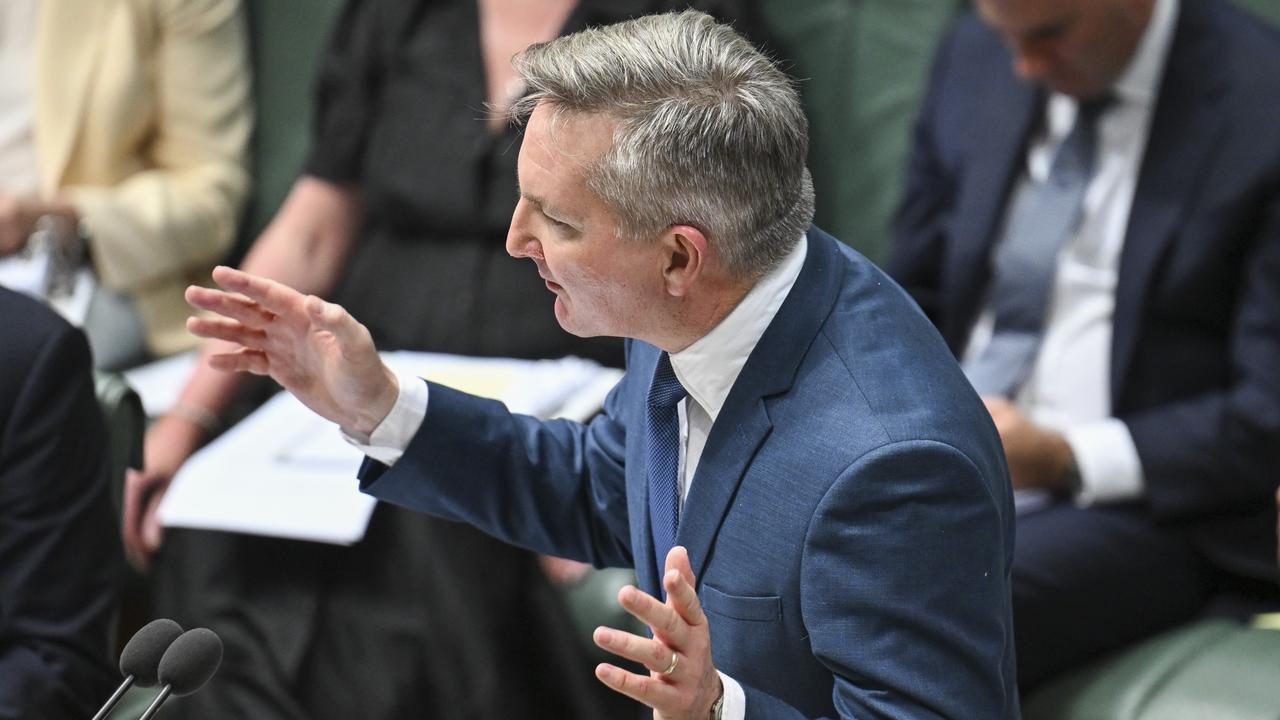Talking Point: Traffic — How much do you want to spend?
DAVID POINTING: We can’t keep using the same roads to the same places at the same time of day in the same cars and expect traffic to stay the same

Opinion
Don't miss out on the headlines from Opinion. Followed categories will be added to My News.
TASMANIA’S engineers like talking about traffic and exploring how we can contribute to solving this problem for the community.
I’m an engineer, although not an expert in traffic, but fortunately I can tap into the insights from Tasmania’s 1500-plus engineers statewide.
One of our expert traffic engineers asks the question:
“What is the specific question or problem we want solved? Do we mean traffic on ‘normal days’ or traffic from unexpected blockages such as on the Southern Outlet recently.”
I take an even wider view — which problems does Tasmania want to solve: traffic delays, health care, education or housing we want to solve?
Of course, we want to fix or solve all of them.
Traffic is frustrating and does have impacts on lifestyle and productivity.
But how much of our money and effort do we want to invest and prioritise over other issues in our community?
In focusing on traffic, we need to accept that the world has changed.
We have more people. This creates traffic. We can’t expect to keep using the same roads and routes, to the same locations, at the same time of day, in the same cars, and generally still behaving the same way as we have done for decades.
Changes are needed or we need to accept the frustrations of our new traffic levels.
Solutions do exist. Efforts are under way such as more tow trucks and real time monitoring of traffic flow on the Southern Outlet.
This will help. Crashes will be cleared faster. Drivers every day will be able to better decide if or when they want to travel, but what they do with that information will be important.

Other options are also available but how much are you prepared to pay — personally and collectively in dollar terms — for a solution?
What about in time — either sitting in some traffic, or having less convenience to achieve less traffic?
Engineers Australia see various options to fix the Southern Outlet situation, including:
CREATE more routes, such as extra lanes. Pun intended, this just pushes the problem down the road and will create follow-on problems when this larger number of drivers hit the city. But extra lanes could be worth doing if prioritised for car pooling and public transport.
MORE use of public transport, including buses, ferries and tracked and untracked trains.
We need to make the overall process more pleasant and convenient, particularly where we change modes such as from car to bus. We also need to improve what happens when you get to the end of your journey and still need to get across several city blocks with your kids or shopping banging against your legs or wheelchair.
Do we explore options seen in other cities such as the free CAT bus network in Perth that run in constant, convenient and free loops around the city?
Imagine a not-too-distant future when tourists and innovators come to ride our Mona-styled autonomous bus pods, manufactured in Burnie, powered by green electricity, hailed by apps coded in Kingston, that optimise their route to take you where you want in the city.
An option available right now is to put more people in the same cars on the same roads.
Car-pooling, enabled through apps or chatting with colleagues, does work.
Do we offer incentives such as drivers earning reductions on registration?
Access to a lane exclusively for car pooling users and public transport would also motivate use.
Can we reduce demand for travel at peak times? This is simple to say but harder to do without greater support in the community for later starts and earlier finishes for work.
Or we could reduce demand for travel overall.

Another option is for Tasmanian or southern businesses to create more opportunities to work from home. However, this option may not work for everyone due to their roles or their home situation.
Perhaps we explore using resources such as our libraries to create hot-desk centres where people can “come to work” one day a week.
I can see extra benefits of greater engagement across diverse groups of people which could lead to increases in broader productivity and innovation.
Finding an answer to our traffic woes is possible, but people will be a key part of the solution.
How much are we prepared to invest in dollars and effort? Or how much frustration will we accept?
The decisions we make about how and when we travel will play a big part in reducing traffic. But it’s also how we as drivers behave when caught in congestion after a crash. How can we stop drivers “rubbernecking” — inching past the event, even taking photos on their mobile phones!
Together we can engineer a solution that will improve life in our wonderful communities whilst maintaining our mobility.
Dr David Pointing is a chartered engineer and the general manager of Engineers Australia, Tasmania.


